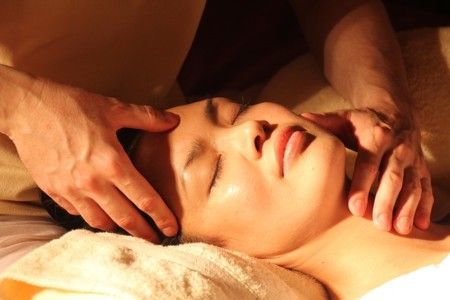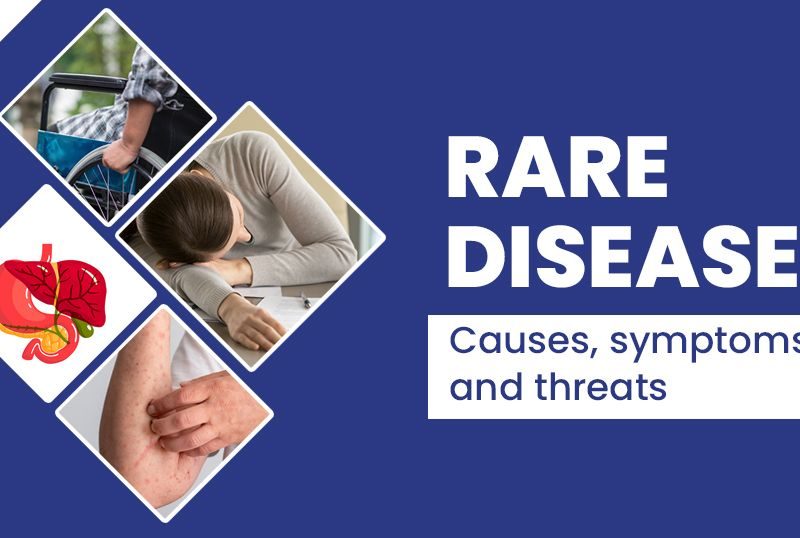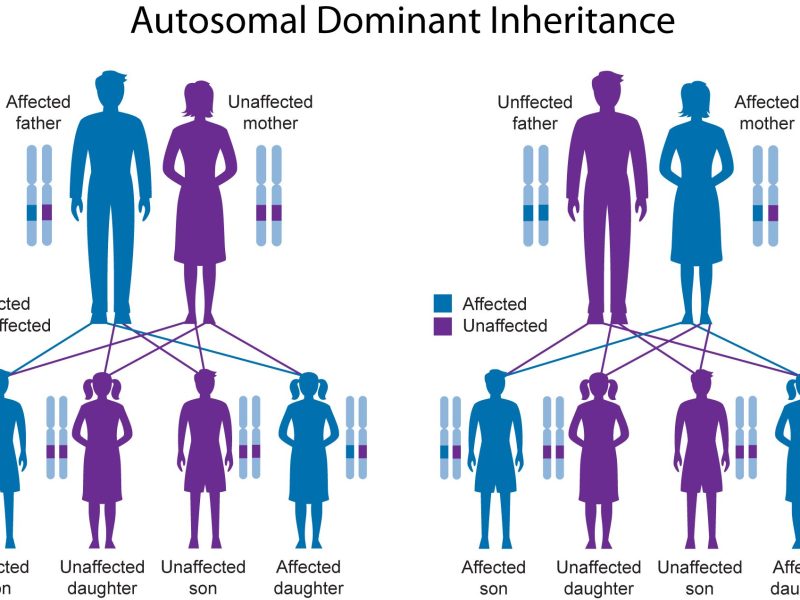Acupressure self-treatment
Acupressure is an important branch of traditional Chinese medicine. Through targeted massage on acupuncture points, a healing effect is achieved for mild and moderate disorders and diseases. Acupressure has also been used as a self-treatment since ancient times. Even school children learn the most important points for acupressure and the technique of massage for self-treatment.
In recent years, the benefits of traditional Chinese medicine have also been recognized in the West, which is why acupuncture, acupressure and shiatsu, the Japanese variant, are attracting increasing interest. Acupressure is free of side effects and for this very reason offers advantages in comparison z.B. to the analgesic medicines, which are fraught with side effects.
Application of acupressure
The main field of application of acupressure is the treatment of mild and moderate pain conditions such as headaches, facial and dental pain, neck and shoulder pain, ischialgia and lumbalgia. Many vegetative and psychosomatic disorders can also be positively influenced, such as.B. nervousness, inner restlessness, insomnia, constipation, menstrual disorders but also nausea, nausea and seasickness.
Mode of action of acupressure
The Chinese physicians saw the human being in an intensive interrelationship with the surrounding nature. All life processes, both in humans and in nature, are considered to be the orderly flow of a vital energy, called Qi by the Chinese. The life energy flows in the human body constantly through a system of „channels“, which are called meridians by Europeans.
In ancient times, the meridians were compared to the great rivers in China, which bring in the vital water for irrigation. Similarly, the task of the meridians was seen as transport vessels for the life forces. Chinese medicine knows a system of 12 main meridians, which are connected with internal organs such as heart, lungs, kidney, stomach, etc. are connected and named after the corresponding organs: Heart meridian, Lung meridian, Kidney meridian, Stomach meridian, etc..
The flow of life energy through the meridians is disturbed according to Chinese conception in case of diseases. Either there is an abundance or weakness of vital energy in the meridians and organs, a blockage is also possible. For headaches z.B. there is a blockage and consequently usually an abundance of vital energy, which leads to feelings of tension and pain.
Such blockages and fullness or. Weaknesses can be permanently corrected by acupuncture or acupressure of specific meridian points. In acupuncture this is done by inserting needles into points, in acupressure these acupuncture points are massaged. The acupressure massage has a balancing effect on the energy disturbances of the meridians.
Disturbances of the vital energy in the meridians and organs occur when the forces of the surrounding nature, for example in the form of climatic factors, affect the weakened body. External climatic factors are heat, cold, dryness, wind or a combination of these factors, z.B. cold, dry wind. In ancient China, people were subject to the weather factors to a great extent. Also in our West such climatically caused painful disorders occur, often during weather changes.
Also internal causes of disturbances of the life energy, by wrong nutrition or by excessive psychological loads come as illness cause into question. An excess of fear, anger, rage, brooding, agitation or sadness leads to a weakening respectively. Blockage of the energy of individual organs and meridians and thus to pathological disturbances.
Anger and rage often lead to a blockage as well as an accompanying filling disturbance in the course of the gallbladder meridian of the head, which causes feelings of tension and headaches.
Before any self-treatment by acupressure, an exact diagnosis must be made by the attending physician, in order to prevent that serious or. malignant diseases are concealed or not recognized. Therefore, any self-help acupressure should be discussed with the attending physician beforehand. Acupressure is also not a substitute for acupuncture treatment or conventional therapy, but a supplement and support for other healing methods.
Through self-treatment, the patient is confronted more directly with his pathological disorder, he becomes more conscious in dealing with his illness and often also for its cause. This promotes the feeling of self-responsibility for one’s illness.
Technique of acupressure
The massage is done specifically with the fingertip of the index finger or thumb, in some points with the nail. Massage is done in a circular motion or in the longitudinal direction of the meridian, i.e. up and down. The massaging movement is emphasized in the direction of the meridian flow.
The emphasis of the massage direction along the flow direction of the meridian is especially important in the treatment of radiating pain. Often pain radiates along the meridians; especially then it is important to massage points of the corresponding meridian intensively.
The massage pressure varies depending on the location of the acupuncture points: points in the area of muscles are massaged vigorously, while points on the face and over nerve exit points are treated more carefully. For weakened and sensitive patients, the massage is less intensive than for athletic patients.
At the beginning of the treatment, the massage pressure is lower at first and is then slowly and steadily increased. However, the massage should never be painful. The massage time is 30-60 seconds per point for near points in the area of the disease and 1-2 minutes per point for far points on the arms and legs.
Points with particular effectiveness
The following are the most effective acupuncture points that play an important role in acupressure. The points are located on a meridian and have a number that indicates the order on the meridian, for example, „large intestine 4“ is the 4. Point of the large intestine meridian.
Large intestine 4 Hegu
- Meaning: strongest pain-relieving point in the body. Additional special effectiveness on the face and head. Used for all pain conditions, especially headaches and facial pain.
- Position: on the middle of the muscle between thumb and index finger.
- Application: Strong massage of the point between the thumb and index finger for 1-2 minutes per side. Repeat after every 15-30 minutes until freedom from pain is achieved. Massage should be vigorous in order to achieve a strong feeling of pressure on the point, but without causing pain.
Pericardium 6 Neiguan
- Meaning: special effect in nausea, nausea, vomiting, dizziness, hiccups, heartburn, seasickness, stomach pain, digestive problems. Also psychically calming point in case of inner restlessness, nervousness, psychic states of excitement, vegetative dystonia, states of anxiety, vegetative cardiac arrhythmia.
- Location: On the inside of the forearm, midway between the ulna and radialis, between the two flexor tendons of the fingers palpable here, two and a half finger widths proximal to the flexor crease of the wrist.
- Application: Strong, massaging pressure with the index finger for 1-2 minutes on both sides, repeated several times after 15-30 minutes. With massage a strong, in the depth perceptible pressure feeling is to be released.
Heart 7 Shenmen
- Meaning: Strongly psychologically calming point. Special effect in case of inner restlessness, nervousness, mental states of excitement, insomnia, anxiety, vegetative dystonia, vegetative cardiac arrhythmia.
- Location: On the flexor crease of the wrist, lateral to the tendon of the M. flexor carpi ulnaris.
- Application: Strong, massaging pressure with the nail of the index finger or the thumb for 30-60 seconds on both sides. Repeat after 15-30 minutes.
Stomach 36 Zusanli
- Meaning: Important point for stomach and intestinal complaints, nausea, nausea, abdominal pain, diarrhea, but also for constipation. Stimulating point for fatigue, low blood pressure, states of weakness.
- Location: You feel the edge of the shinbone from the bottom up until you feel the tibial tuberosity just below the knee joint. From the beginning of this protrusion one goes a finger width sideways.
- Application: Strong, circular massage of the point with the thumb or with the index finger for 1-2 minutes. Moxibustion, d.h. the heat application is particularly effective in states of weakness.
Spleen-Pancreas 6 Sanyinjiao
- Significance: Most important point in diseases of the pelvis, urinary tract and genital system. Especially helpful for painful menstrual disorders and discomfort during urination. Also important stimulating point in states of weakness, low blood pressure and fatigue.
- Location: On the inner side of the lower leg, one hand width (four fingers) above the highest point of the inner ankle at the rear edge of the tibia.
- Application: Strong massage of the point with the thumb or the index finger for 1-2 minutes. Repetition after 30-60 minutes.
Literature for further information
Stux G (1984) Acupressure video film – diseases of the head area. Own publishing house, Düsseldorf.
Stux G(1990) Acupuncture, Acupressure and Moxibustion. Birkhäuser Publishing House, Basel.
Stux G, Stiller N, Pomeranz B (1999) Acupuncture – Textbook and Atlas, 5. Edition. Springer-Verlag, Berlin, Heidelberg, New York.
Stux G (1999) Introduction to acupuncture, 5. Circulation. Springer-Verlag, Berlin, Heidelberg, New York.
Author: Dr. med. Gabriel Stux
Acupuncture Center Düsseldorf
island road 34
40479 Dusseldorf
Tel.: 00 49 (0)211 369099


